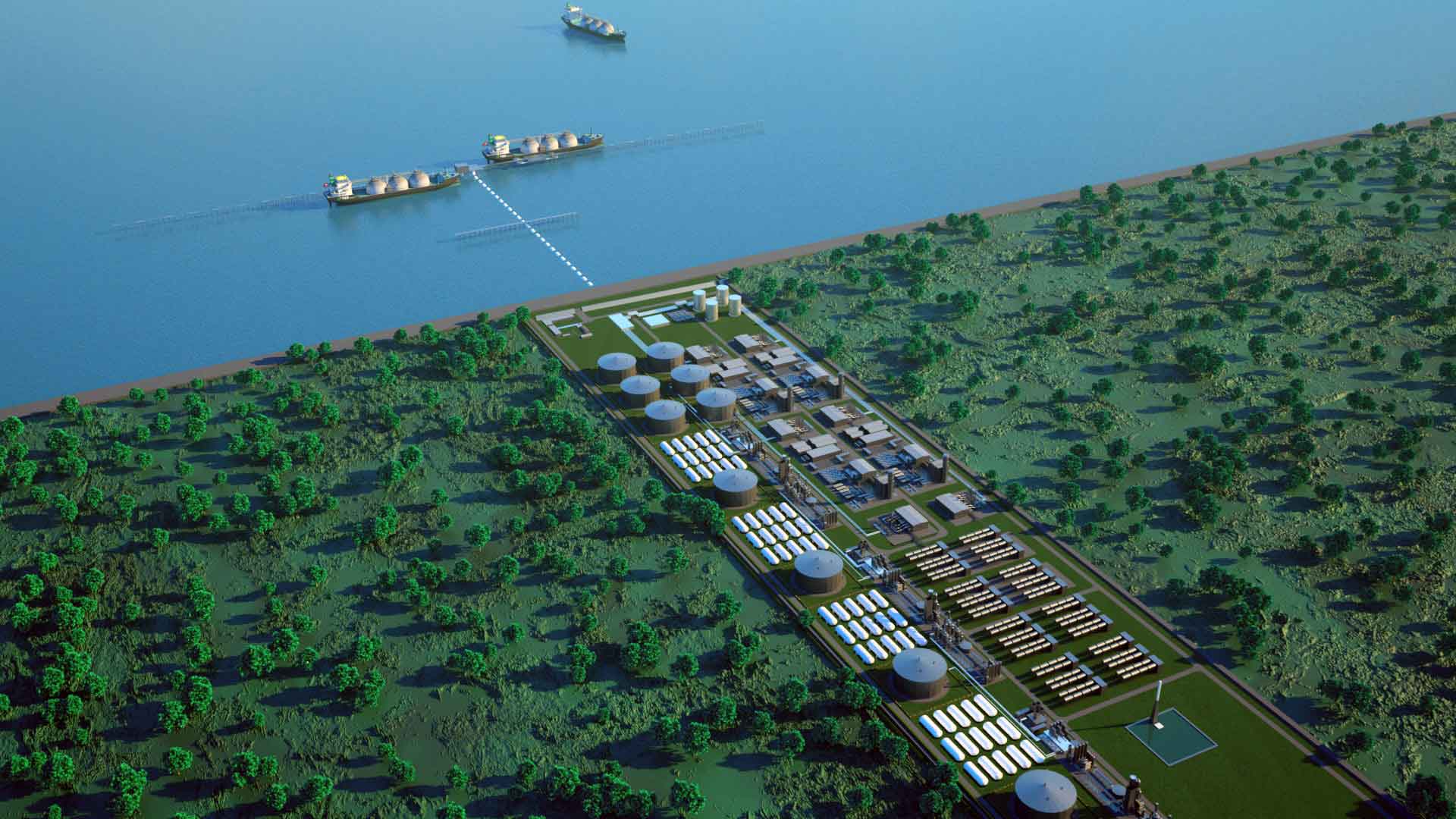TES makes green hydrogen (H2) in sunny and windy countries via electrolysis with renewable electricity from wind and solar farms. Adding CO2 turns it into green gas (methane, CH4). This is economical and easy to transport and store via the existing global energy infrastructure. In Wilhelmshaven, where TES is working on the fifth German Floating Storage Regasification Unit, the methane can be distributed directly to end users, or it can be used to produce hydrogen again, in a circular, closed carbon-free system (the CO2 is shipped back to its source). According to Marco Alverà, CEO of TES, this is “the most cost-effective, affordable and scalable green alternative to current fossil fuels.”
FFI is investing €100 million in the terminal and will also become a shareholder in TES through a €30 million equity investment, alongside current strategic investors E.ON, HSBC, UniCredit and Zodiac Maritime. Through the partnership, the companies are working together on the important dual challenge of energy security and energy transition. They will develop industrial-scale green hydrogen production worldwide, with an initial focus on Australia, Europe, the Middle East and Africa.
Image: TES



